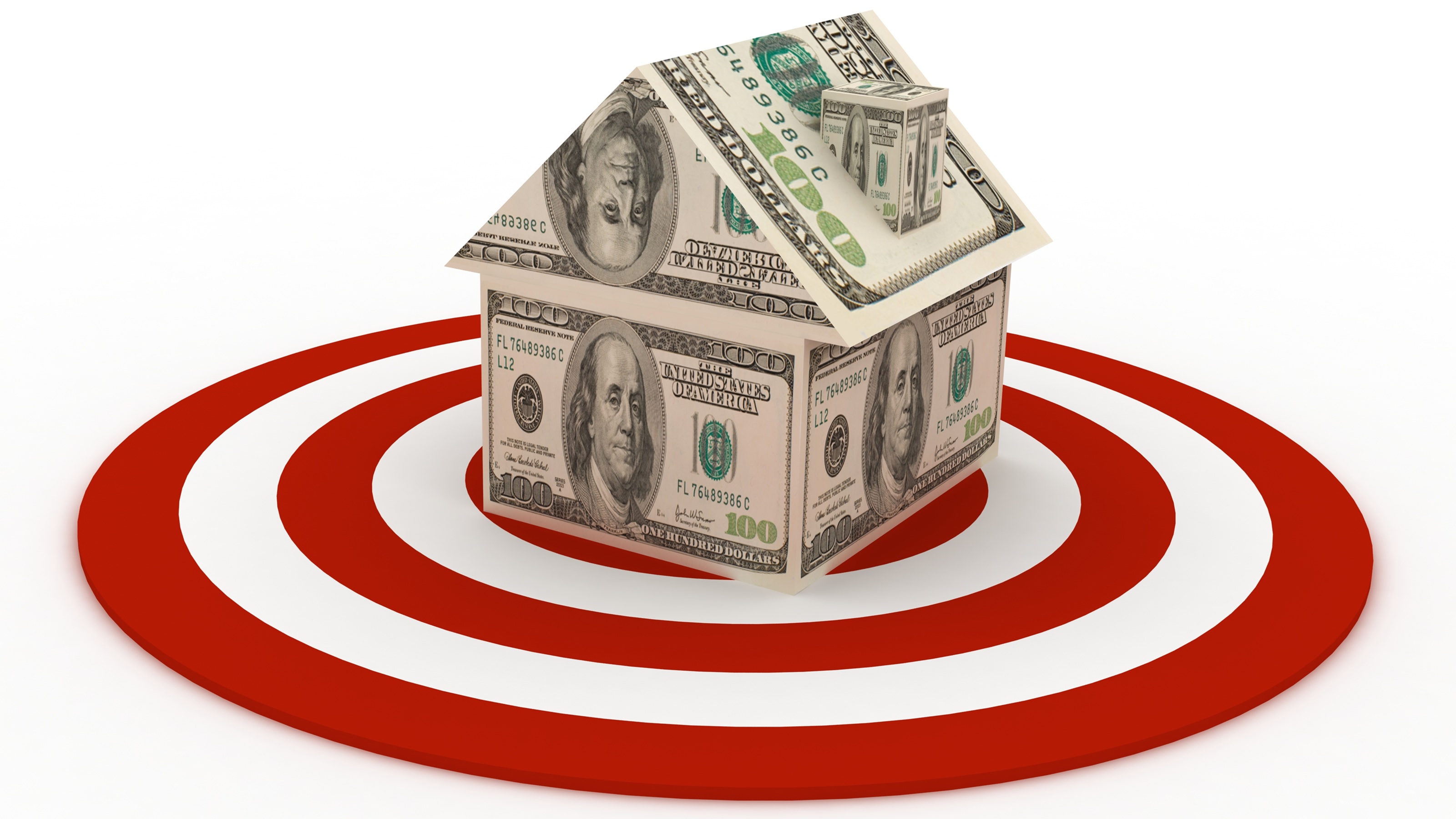Junk Bond Funds Don't Belong in Long-Term Portfolios
High-yield bond funds are delivering more bang for the buck these days, but safety-minded investors can't overlook the risk that comes along with them.


I recently met with a woman who came to me for advice on her existing portfolio. She had been investing for a while but was concerned her portfolio would not weather another market downturn. As she was close to retirement, she wanted to be reassured that her investments were allocated conservatively.
One of the first things she mentioned was that she did not like junk bonds and would not have them in her portfolio. As I scanned her list of investments, I was shocked to discover that she had not only one high-yield bond fund but three! Such is the nature of junk bond funds: They can be very hard to spot.
High-yield bond funds are typically marketed to individual investors using pleasant-sounding names to suggest that they are less risky than they truly are. But, don’t lose sight of the fact that “high yield” is a euphemism for “junk.”
From just $107.88 $24.99 for Kiplinger Personal Finance
Become a smarter, better informed investor. Subscribe from just $107.88 $24.99, plus get up to 4 Special Issues

Sign up for Kiplinger’s Free Newsletters
Profit and prosper with the best of expert advice on investing, taxes, retirement, personal finance and more - straight to your e-mail.
Profit and prosper with the best of expert advice - straight to your e-mail.
Funds with names like Opportunity & Income or Income Advantage are intended to inspire confidence even though the language in the prospectus may state that, “junk bonds … involve greater risk of default.”
With Greater Reward Comes Greater Risk
According to Bloomberg, January 2019 was the best month for high-yield bond sales since at least September 2018. The funds that bought those bonds also had a great month, making up most of the losses they sustained last year. It appears that investor appetite for high-yield bond funds is still strong. But, do those funds make sense in a diversified portfolio?
Junk bonds are the corporate debt equivalent of a subprime mortgage, because they are regarded as less than “investment grade” by debt rating agencies like Standard & Poor’s and Moody’s. Companies that have weak balance sheets, pay their bills slowly or have defaulted on past obligations would be the worst examples of junk bond issuers. Companies whose businesses are highly cyclical, very capital intensive or have low profit margins are more typical issuers of “high-yield” debt.
Because of the greater risk of default, investors require companies that sell junk bonds to pay higher interest rates than more stable companies. Interest rates on junk bonds are determined in much the same way as interest rates on consumer loans. The lower a person’s credit score; the higher the interest rate they’ll pay on their debt. It’s the same with corporate borrowers. In each case, the lender needs to be compensated for taking additional risk. And, that’s the whole point here. Investors who own junk bond funds accept additional risk that isn’t present in higher quality fixed income products.
Junk Bond Risk in The Context of Return
All investments involve risk, but investors can reduce it by diversifying their holdings across various asset classes (i.e., employing strategic asset allocation). The factors that go into the asset allocation decision are unique to the specific individual investor. But, in the end, the portfolio that emerges should provide that investor with the highest expected return with the lowest possible amount of risk. Interestingly, the theory advancing that approach is based on a portfolio that includes just government bonds, which are typically classified as a risk-free asset.
If a portfolio is designed to achieve specific future outcomes, built based on the tenets of generally accepted investment best practices, and if doing so can provide the expected return necessary to achieve those outcomes, then why would that same investor purposefully inject more risk into the mix than is necessary?
Junk Bond Risk in The Context of Treasuries
Right now the spread (difference) between junk bond yields and yields on U.S. Treasury Bonds is about 4 percentage points. That’s a pretty big differential in today’s interest rate environment. But, consider that spread in the context of the risk that junk bonds have over government bonds.
Treasury Bonds are backed by the full faith and credit of the United States of America. The default risk on them is as close to zero as exists. That can’t be said of any issuers of junk bonds.
All investments come with risk. Even Treasuries have inflation risk and interest rate risk. But both of those risks can be mitigated using portfolio management techniques like laddering. That might be a little harder to do with junk bond funds, especially if fund flows remain as negative in 2019 as existed in 2018. Sharp outflows can affect redemptions and pricing of funds and EFTs. Those risks are completely absent from Treasuries.
Consider the possibility that the U.S. economy may at some point in the future experience a slowdown or recession. Neither of those circumstances is likely to have an effect on the ability of the federal government to pay its obligations to bondholders. Obviously, the same cannot be said of junk bond issuers.
What This Means, and What Investors Should Be Doing
For investors seeking to generate income and reduce portfolio volatility, bonds are a perfect fit. But, stretching for yield using less than investment grade bond funds might not be the most prudent way to achieve those objectives.
Practically speaking, how can an individual investor determine what bonds they have and if they are appropriate? As a first step, research the funds and ETFs you own. Many websites (Yahoo Finance, for example) will provide information on the underlying holdings and the quality of the bonds in the fund you own. Remember, quality bonds or investment grade bonds have A ratings or above. If the majority of the bonds in the fund are rated B or lower, it’s a junk bond fund. Also, check the yield. If it is 4 percentage points or higher than a Treasury bond, it’s probably a junk bond.
In addition, look for the term “high yield” in the fund’s literature. You generally won’t see fund companies using the term “junk bond” or advertising the higher risk factor. High yield sounds like a desirable trait. Unfortunately, many investors don’t realize that a high-yield bond fund holds risky positions, and those higher yields can add extra volatility. If your goal is to add stability to your investments, you would be better advised to focus first on quality.
Profit and prosper with the best of Kiplinger's advice on investing, taxes, retirement, personal finance and much more. Delivered daily. Enter your email in the box and click Sign Me Up.

I'm the CEO of Better Money Decisions (B$D) and co-author of the blog Better Financial Decisions. As a principal of B$D, I'm excited to continue my long career as an investment professional. Living and working in places as diverse as Saudi Arabia and Budapest, Hungary, has given me a unique perspective on the world of investing. My book, "Bozos, Monsters and Whiz-Bangs: Bad Advice from Financial Advisors and How to Avoid It!" is an insider's guide to finding the right adviser.
-
 Holiday Tax Scams: 'Tis the Season to be Wary
Holiday Tax Scams: 'Tis the Season to be WaryTax Scams Navigating tax tricks of the holiday season may be daunting, but don't let that destroy your festive spirit
-
 Metro by T-Mobile Is Giving Away This Samsung Galaxy A16: Which Plans Are Eligible?
Metro by T-Mobile Is Giving Away This Samsung Galaxy A16: Which Plans Are Eligible?Metro by T-Mobile is offering free Samsung Galaxy A16 phones on eligible plans right now. Here’s how the deal works.
-
 I Drive and Collect Classic Cars: Here’s How I Got Started
I Drive and Collect Classic Cars: Here’s How I Got StartedAre classic cars a hobby or an investment strategy — or both? Either way, the vintage car scene is much cooler and more affordable than you think.
-
 The $183,000 RMD Shock: Why Roth Conversions in Your 70s Can Be Risky
The $183,000 RMD Shock: Why Roth Conversions in Your 70s Can Be RiskyConverting retirement funds to a Roth is a smart strategy for many, but the older you are, the less time you have to recover the tax bite from the conversion.
-
 A Financial Pro Breaks Retirement Planning Into 5 Manageable Pieces
A Financial Pro Breaks Retirement Planning Into 5 Manageable PiecesThis retirement plan focuses on five key areas — income generation, tax management, asset withdrawals, planning for big expenses and health care, and legacy.
-
 4 Financial To-Dos to Finish 2025 Strong and Start 2026 on Solid Ground
4 Financial To-Dos to Finish 2025 Strong and Start 2026 on Solid GroundDon't overlook these important year-end check-ins. Missed opportunities and avoidable mistakes could end up costing you if you're not paying attention.
-
 Are You Putting Yourself Last? The Cost Could Be Your Retirement Security
Are You Putting Yourself Last? The Cost Could Be Your Retirement SecurityIf you're part of the sandwich generation, it's critical that you don't let the needs of your aging parents come at the expense of your future.
-
 I'm an Insurance Pro: It's Time to Prepare for Natural Disasters Like They Could Happen to You
I'm an Insurance Pro: It's Time to Prepare for Natural Disasters Like They Could Happen to YouYou can no longer have the mindset that "that won't happen here." Because it absolutely could. As we head into 2026, consider making a disaster plan.
-
 The Future of Philanthropy Is Female: How Women Will Lead a New Era in Charitable Giving
The Future of Philanthropy Is Female: How Women Will Lead a New Era in Charitable GivingWomen will soon be in charge of trillions in charitable capital, through divorce, inheritance and their own investments. Here's how to use your share for good.
-
 5 Smart Things to Do With Your Year-End Bonus, From a Financial Professional
5 Smart Things to Do With Your Year-End Bonus, From a Financial ProfessionalAfter you indulge your urge to splurge on a treat, consider doing adult things with the extra cash, like paying down debt, but also setting up a "fun fund."
-
 Are You a Gen X Investor? Here's How You Can Protect Your Portfolio From an AI Bubble
Are You a Gen X Investor? Here's How You Can Protect Your Portfolio From an AI BubbleAmid talk of an AI bubble, what's the best course of action for investors in their 50s and 60s, whose retirement savings are at risk from major market declines?